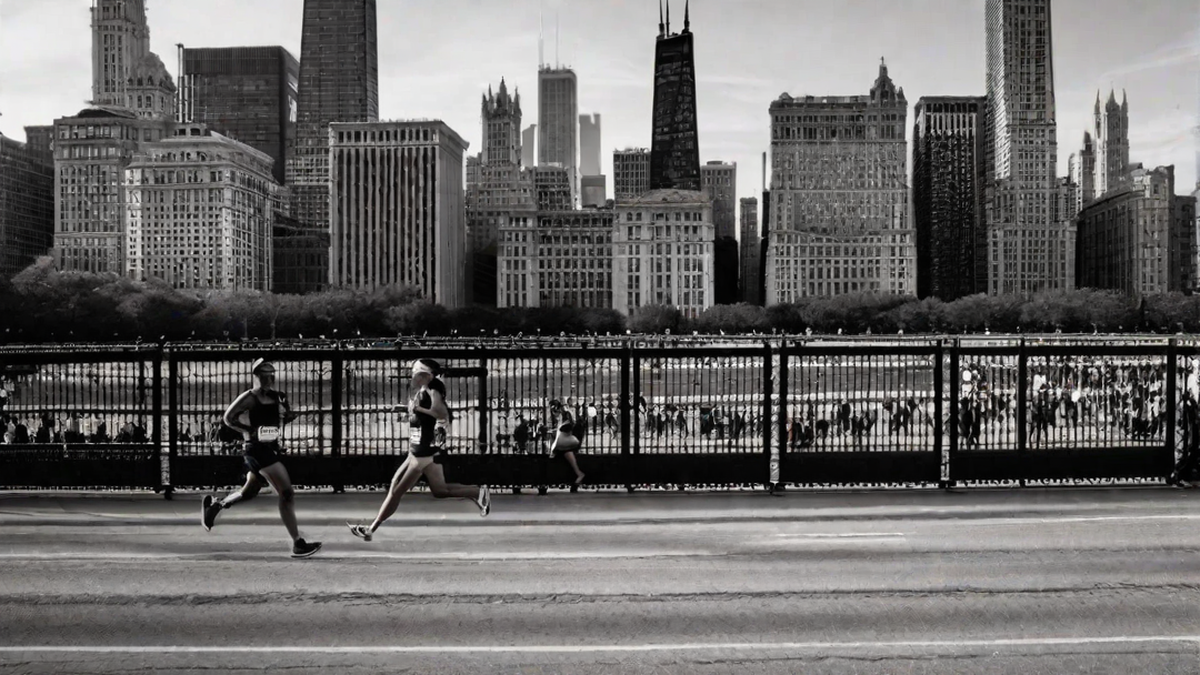When it comes to participating in a marathon, one of the key factors that can make or break your racing experience is the allocation of corrals. Corrals are designated areas at the start line of a race where participants are grouped based on their estimated finish times. They help to ensure a smooth and organized start, with faster runners at the front and slower runners at the back. In the case of the Chicago Marathon, the number of corrals can vary from year to year, depending on the number of participants and the race logistics.
As an avid runner myself, I’ve had the opportunity to participate in several marathons, including the Chicago Marathon. The excitement and buzz at the start line are always palpable, with thousands of runners gathered, ready to conquer the 26.2-mile course through the Windy City. The Chicago Marathon is known for its well-organized race operations, and the allocation of corrals plays a crucial role in ensuring a seamless start for all participants.
Typically, the Chicago Marathon utilizes a corral-based start system that divides runners into different groups based on their projected finish times. This system allows for a more efficient start, with faster runners being placed in the earlier corrals and slower runners in the later corrals. By staggering the start, it helps to alleviate congestion on the course and gives each participant a fair chance to run at their desired pace.
The exact number of corrals in the Chicago Marathon can vary from year to year, depending on the total number of participants and the logistics of the race. In recent years, the Chicago Marathon has used around 12 to 15 corrals, accommodating a wide range of runners across different pace groups. This ensures that everyone has a designated spot at the start line, aligning them with runners of similar abilities and goals.
Being placed in the right corral can significantly enhance your race experience. For faster runners, starting in an earlier corral allows them to be among the first to cross the start line, avoiding potential bottlenecks and congestion. It also provides them with a clear path ahead, allowing them to settle into their desired pace right from the start.
On the other hand, for runners aiming for a more relaxed and enjoyable race, being placed in a later corral can have its advantages. It takes away the pressure of setting a fast pace from the beginning and allows for a more social and leisurely start. This can be particularly appealing for first-time marathoners or those looking to soak in the atmosphere of the race.
It’s worth noting that corral placement in the Chicago Marathon is typically based on the estimated finish time provided during the registration process. It’s important to be honest and accurate when providing this information, as it helps race organizers allocate runners into the appropriate corrals. Attempting to enter a faster corral than your anticipated pace can lead to congestion and frustration for both you and your fellow runners.
In conclusion, the number of corrals in the Chicago Marathon can vary from year to year, but typically ranges from 12 to 15. These corrals play a crucial role in organizing the start of the race and ensuring a smooth experience for all participants. Whether you’re aiming for a personal best time or looking to enjoy the journey, being placed in the right corral can greatly enhance your overall race experience. So, be honest with your projected finish time during registration, and get ready to conquer the streets of Chicago!

